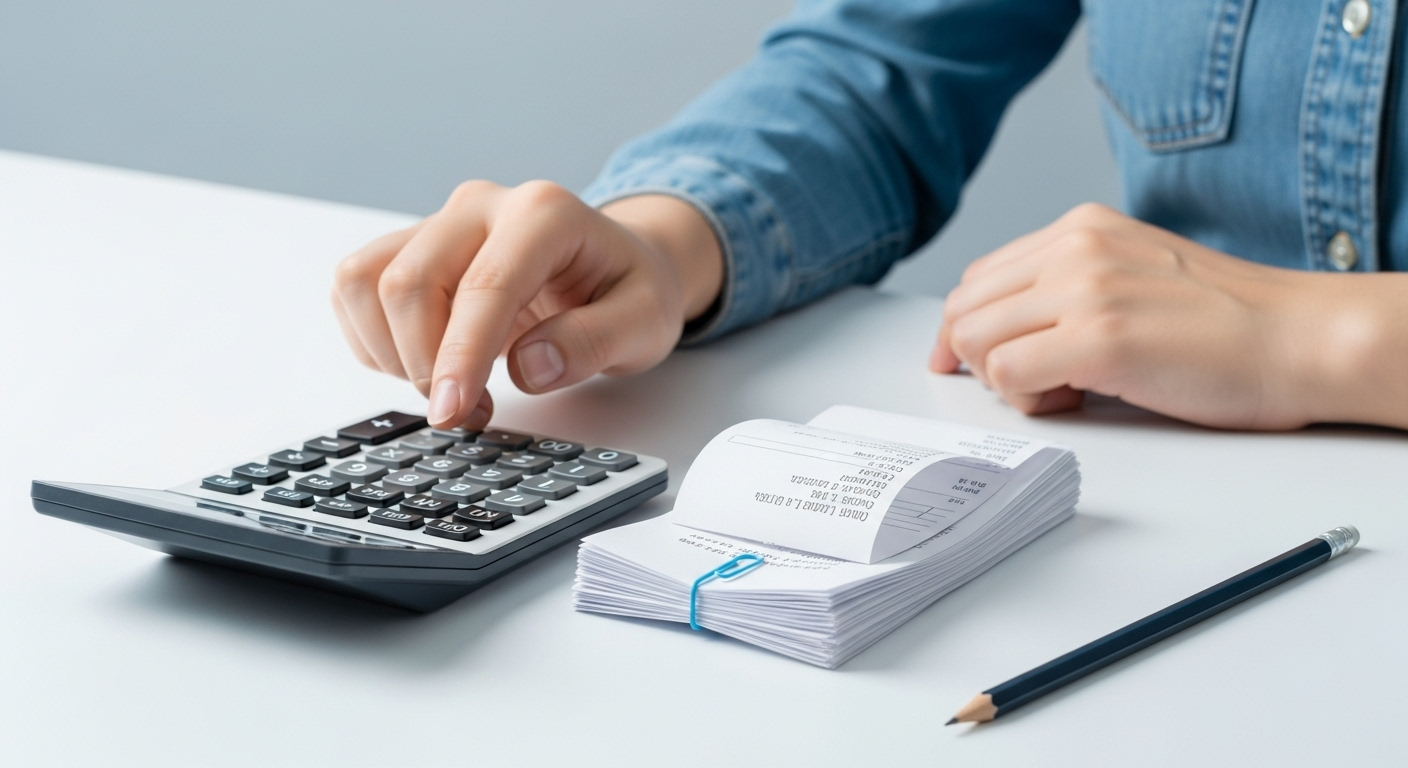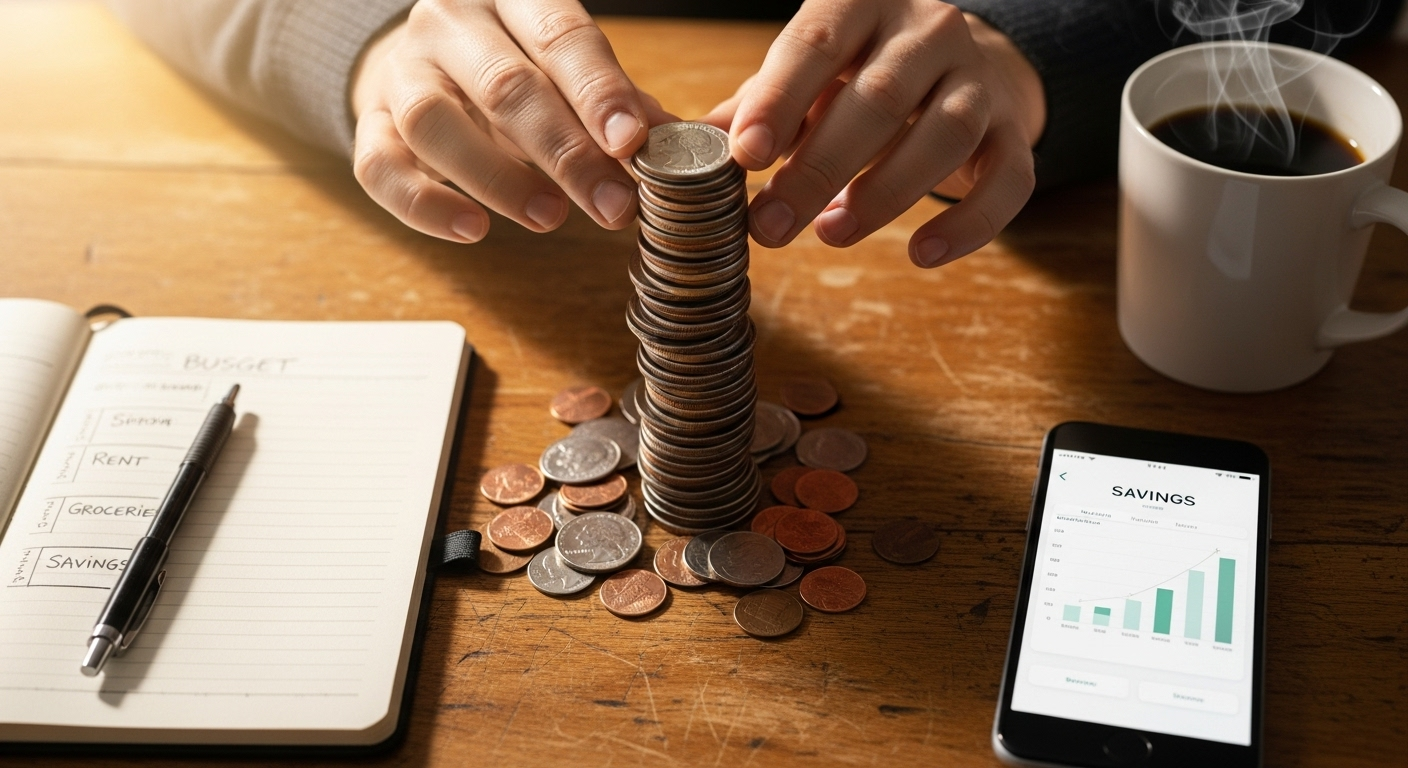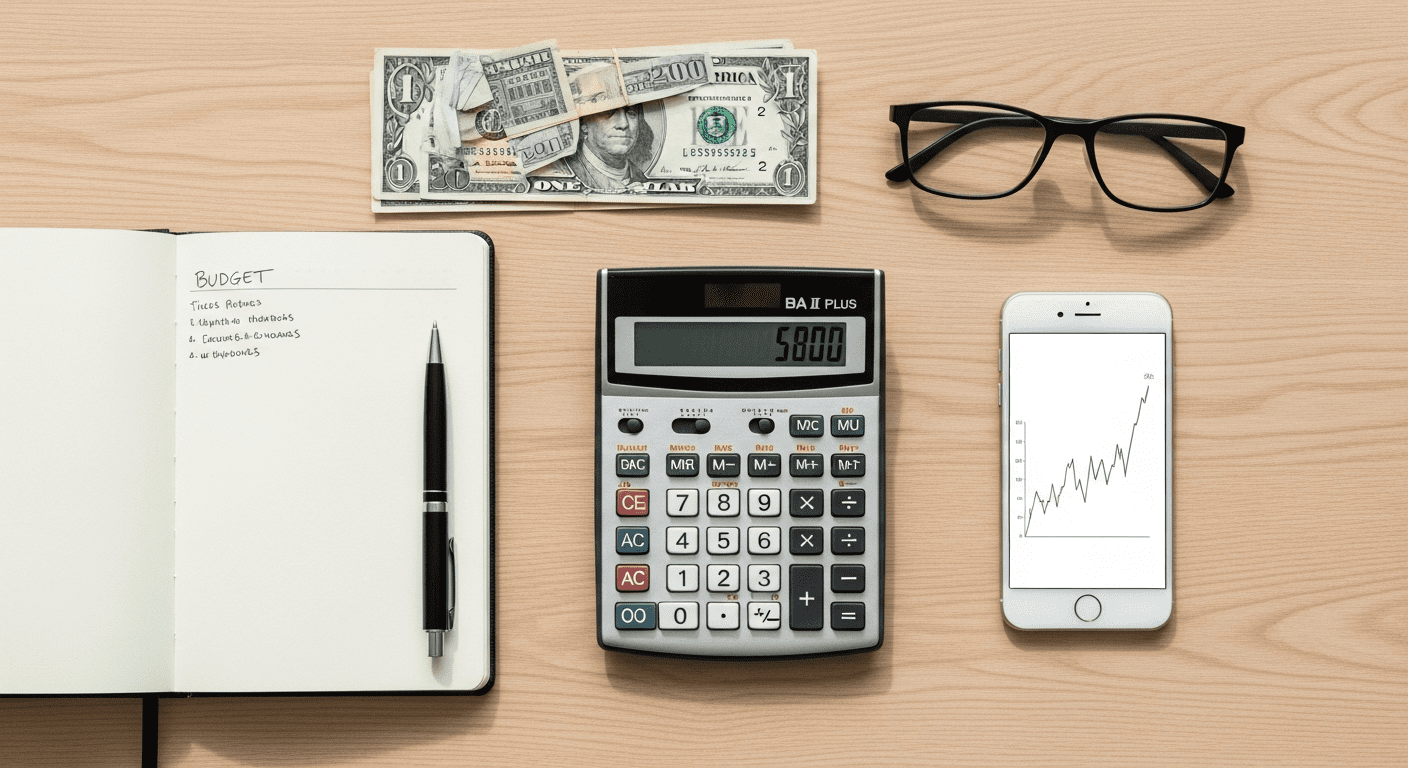
Let’s talk about the most mysterious, most important, and most frustrating number in your financial life: your credit score. It’s a three-digit number that you probably never think about… until you desperately need it. And then, it’s all you can think about.
It’s the invisible gatekeeper that determines whether you can get an apartment, a car loan, or a mortgage. It dictates the interest rate you’ll pay, which can mean the difference of tens of thousands of dollars over your lifetime. And for many people starting out, it feels like a cruel joke: you need credit to get credit. So how do you break into the system? How do you go from having no credit history (or a bad one) to having a score that opens doors instead of slamming them shut?
I’ve seen all the “quick fix” gimmicks and the bad advice. The truth is, building good credit isn’t about finding a secret loophole. It’s a game with clear, established rules. If you learn the rules and play the game consistently, you will win. This is your rulebook. This is how you build credit, and how you do it as fast as humanly possible.
The Foundation: Understanding What They’re Actually Scoring
Before you can improve your score, you have to know what’s in it. Your FICO score, the one used by 90% of top lenders, is made up of five ingredients. Knowing them tells you exactly where to focus your energy.
- Payment History (35% of your score): This is the king. Do you pay your bills on time? Every single time? One late payment can wreck your score for years.
- Amounts Owed / Credit Utilization (30%): How much of your available credit are you using? If you have a credit card with a $1,000 limit and a $900 balance, you’re using 90% of your credit. This signals risk and hurts your score.
- Length of Credit History (15%): How long have your accounts been open? Older is better.
- New Credit (10%): Have you applied for a lot of new credit recently? Too many applications in a short time can be a red flag.
- Credit Mix (10%): Do you have a healthy mix of different types of credit, like a credit card and an installment loan (like a car loan)?
See? The path is clear. To build credit fast, you need to show lenders you can make on-time payments and responsibly manage the credit you have.
Step 1: Get on the Credit Radar (The “Starter Pack”)
If you have no credit history, you’re a ghost to lenders. You need to get your first “tradeline” (an account that reports to the credit bureaus). Here are the best ways to do it.
- The Secured Credit Card: This is the single best tool for building credit from scratch. You give the bank a small security deposit (say, $200), and they give you a credit card with a $200 limit. To the credit bureaus, it looks and acts just like a regular credit card. Use it for a small, regular purchase (like your Netflix subscription), pay the bill in full every month, and after 6-12 months of on-time payments, the bank will often refund your deposit and upgrade you to an unsecured card. Discover it® Secured and the Capital One Platinum Secured are two excellent options.
- Become an Authorized User: Ask a family member with a long history of on-time payments if they would be willing to add you as an authorized user on one of their credit cards. You don’t even have to use the card. Their good payment history and the age of their account will be added to your credit file, giving you an instant boost.
- Credit-Builder Loans: These are offered by many credit unions and some online lenders. You don’t get the money upfront. Instead, you make small monthly payments into a locked savings account. At the end of the loan term (e.g., 12 months), the bank releases the funds to you. Every on-time payment you made is reported to the credit bureaus.
Step 2: Play the Game Like a Pro
Once you have your first card, your mission is to manage it perfectly. This is how you accelerate your score growth.
Rule #1: The On-Time Payment Rule. This is non-negotiable. Set up autopay for at least the minimum payment so you are never, ever late. A single 30-day late payment can drop your score by over 100 points and stays on your report for seven years.
Rule #2: The 30% Utilization Rule (But Aim for 10%). Never let your statement balance be more than 30% of your credit limit. For a $500 limit card, that means never having a balance of more than $150 when your statement closes. For the fastest growth, keep it under 10% ($50). You can do this by making a payment *before* your statement closing date. This simple trick shows lenders you are not desperate for credit.
Rule #3: The “Don’t You Dare Close It” Rule. Once you have a credit card, especially your first one, keep it open forever if possible (as long as it doesn’t have an annual fee). Closing your oldest card shortens your length of credit history, which can ding your score.
Step 3: Leverage Your Rent and Utilities
What if you pay rent on time every month? For decades, this didn’t help your credit score at all. That’s changing. Services like Experian Boost™ and various rent-reporting platforms can now add your on-time utility and rent payments to your credit file. This is a fantastic way to add positive payment history to your report without taking on new debt. This entire process is a key part of your journey toward a healthy financial life.
Building good credit is a marathon, not a sprint. But by using these strategies, you can turn that marathon into a brisk jog. Be consistent, be patient, and treat your credit score like the valuable asset it is. As leading financial news sources like CNBC Select often emphasize, a good credit score is a cornerstone of financial health. It’s a key part of the larger picture of your overall lifestyle and well-being.
Frequently Asked Questions (FAQs)
How long does it really take to build a good credit score?
If you start from zero, you can typically generate your first FICO score within about 6 months of opening your first credit account. To get a “good” score (generally considered 670 and above), it will likely take 12 to 24 months of consistent, positive credit behavior—making all payments on time and keeping balances low.
Do I have to carry a balance on my credit card to build credit?
No! This is one of the most persistent and damaging myths about credit. You do not have to pay a single cent in interest to build a good credit score. You simply need to use the card and then pay the statement balance in full by the due date every month. This shows you can use credit responsibly without carrying debt.
Will checking my own credit score hurt it?
No. When you check your own credit score or report through a service like Credit Karma, Credit Sesame, or directly from your bank, it is considered a “soft inquiry” and has zero impact on your score. A “hard inquiry” only occurs when you apply for new credit (like a loan or credit card), and that can cause a small, temporary dip in your score.
I have a lot of debt from the past. Is it better to settle or pay in full?
From a purely credit score perspective, paying a collection account in full is better than settling for a lower amount. However, both will show the account as having been addressed, which is better than leaving it open. If you have old debt, the best course of action is often to negotiate a “pay-for-delete” agreement, where the collection agency agrees to remove the negative item from your report entirely in exchange for your payment. Get this agreement in writing before you pay.








